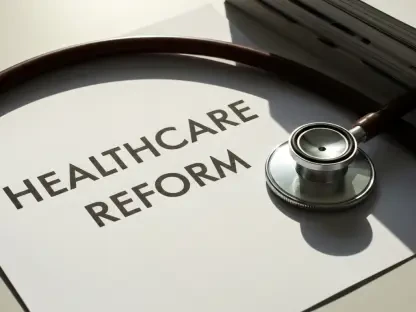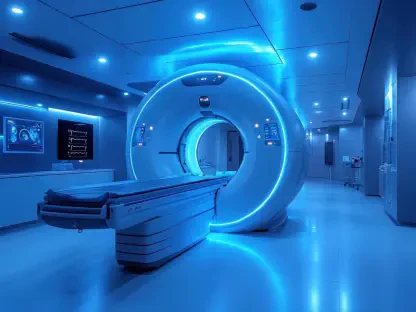Electronic health records (EHRs) are revolutionizing the healthcare industry with substantial growth fueled by technological advancements and regulatory support. EHRs digitally encapsulate a patient’s medical history, providing essential information to healthcare providers to ensure coordinated and efficient care. This growth stems from the increasing demand for digital healthcare solutions that streamline processes, minimize medical errors, and enhance patient management. The EHR market has been experiencing a robust compound annual growth rate (CAGR) of approximately 5-6% over the forecast period. The evolution of this market is largely supported by both technological innovations and regulatory mandates aimed at improving healthcare delivery worldwide.
Regulatory Compliance as a Key Driver
Regulatory standards and government incentives are playing a pivotal role in the adoption and growth of EHR systems. Many countries are imposing strict regulations to standardize healthcare processes and safeguard patient data. These measures are intended to enhance the quality of care, improve patient safety, and reduce medical errors through digital record-keeping. In the United States, the Health Information Technology for Economic and Clinical Health (HITECH) Act offers financial incentives for healthcare providers transitioning to EHR systems, demonstrating the government’s commitment to digitization. Similar initiatives can be seen in Europe and Asia, advocating for a cohesive approach to healthcare modernization and standardization. By facilitating compliance with regulatory mandates, these measures encourage healthcare institutions to embrace EHR technology aggressively.
Government incentives and regulatory pressures are cultivating an environment where EHR systems are not just beneficial but necessary. Countries around the world are making considerable investments in healthcare infrastructure to support EHR adoption. The aim is to establish interoperable frameworks that facilitate seamless information exchange among healthcare professionals, thereby reducing inefficiencies in patient care. However, these drives also expose certain challenges. High implementation costs and concerns around patient data privacy are barriers that need addressing to ensure expansive adoption. Despite these issues, regulatory support continues to be a major force propelling the EHR market forward, establishing a foundation for its long-term sustainability and growth.
Technological Innovations Shaping the Landscape
Technological advancements, particularly AI and predictive analytics, are significantly transforming the landscape of EHR systems. These innovations are revolutionizing healthcare processes by automating routine administrative tasks, thereby freeing healthcare professionals to focus more on patient care. AI capabilities in EHRs are enhancing their functionality, enabling precise data management and efficient decision-making. Predictive analytics, on the other hand, allows for the analysis of patient data to identify patterns, foresee health risks, and recommend personalized treatment plans. These tech innovations are instrumental in improving clinical outcomes, especially in managing chronic diseases and facilitating early interventions.
Integration of AI and predictive analytics in EHR systems significantly boosts their appeal and utility. Through automation of data entry and billing processes, these technologies free up time for healthcare providers, enabling them to dedicate more resources to patient care and outcomes. The predictive capabilities allow professionals to foresee potential disease trajectories, offering early intervention options and precise monitoring. This technological breakthrough proves particularly advantageous in chronic disease management, where timely, personalized care can make significant differences in patient outcomes. As healthcare institutions increasingly adopt these innovations, they enhance their operational efficiency, bolster patient engagement, and fundamentally transform the care delivery model—ultimately elevating EHR systems’ value in the healthcare market.
Competitive Landscape and Future Outlook
Electronic health records (EHRs) are transforming the healthcare sector, driven by significant technological progress and regulatory backing. These digital systems capture and store a patient’s complete medical history, offering vital data to healthcare professionals for improved, coordinated patient care. This shift is motivated by a growing demand for digital solutions that enhance efficiency, reduce medical errors, and improve patient management. As a result, the EHR market has been witnessing a strong compound annual growth rate (CAGR) of approximately 5-6% during the projected period. This expansion is not just a result of technological breakthroughs but is also propelled by regulatory requirements aimed at enhancing healthcare delivery globally. The increasing emphasis on interoperability and data exchange among different health systems underscores the importance of EHRs. Furthermore, the push for better patient outcomes continues to drive innovation within the EHR landscape, ensuring these systems remain pivotal in modern healthcare settings.









